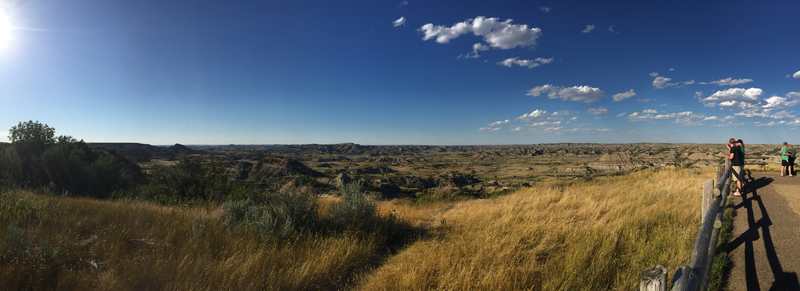For Native people, self managed abortion could be one solution to those denied access
segunda-feira, Fevereiro 19, 2018 blog Share
The situation in South Dakota is just one example of the obstacles to safe abortion faced by Native people.
It is inarguable that people of color are unrepresented in conversations about abortion. This is changing, thanks to organizations such as We Testify, which works to amplify voices that are not heard, and often are strategically left out, when we talk about abortion. In order to improve access to abortion for everyone, the obstacles for people who are not white, cisgendered, wealthy, or living close to clinics, must be discussed, dissected, and eliminated.
For Native folks seeking abortion on reservations, these obstacles are multiplied. Due to the existence of the Hyde Amendment, which prohibits federal funds from being used to pay for abortions, those who live on reservations, considered federal land, are likely prohibited from accessing the procedure, since poverty is rampant on reservations.
In 2006, Cecilia Fire Thunder was ousted from her post as Tribal Leader of the Pine Ridge Indian Reservation over her attempts to build an abortion clinic there. (The 2013 film "Young Lakota" documented the battle for the clinic and the aftermath, as well as what it means for Lakota folks to have zero access to abortion, especially given the enormously high rate of rape in Native communities.) According to the Guttmacher Institute, 98% of counties in South Dakota had no abortion clinic in 2014, so if you are in search of an abortion, you have to travel to the Planned Parenthood in Sioux Falls, a five hour drive from Pine Ridge. Even if you can reach Sioux Falls (let's say you can afford it, can get access to child care, can take time off from work, etc), you must then contend with 72 hour waiting period, and, if you're under 18, your parents must sign off on the procedure.
The situation in South Dakota is just one example of the obstacles to safe abortion faced by Native people. Abortion stigma is a force that results in the topics of sexual and reproductive health rarely being discussed. A 2014 piece in Indian Country Today noted that while Indian Health Service, the body responsible for disseminating health care to American Indians and Alaska Natives, rarely follow through with their official abortion policy. Compounded with the aforementioned barriers to abortion enforced by states, it's not hard to see that accessing abortion for Native people is essentially impossible.
Organizations such as the Native Youth Sexual Health Network and the Native American Women's Health Education Resource Center ((NAWHERC) work to connect Native folks with indigenous knowledge and practice in regard to family planning, and to protect health and human rights. Via the efforts of NAWHERC, Indian Health Services committed to following federal law in 2015 by making Plan B accessible to Native people. While Plan B has been available over the counter to people ages 18 and older since 2006, Indian Health Services has not complied with the policy until 2015.
Because abortion is virtually inaccessible for many Native people who seek it, self inducing abortion via the abortion pill may be a good option for folks who are up to 12 weeks into their pregnancy. The abortion pill is safe, and at abortionpillinfo.org, you can access information about if the pill is right for you, how to get it (as well as contraception), what to expect and get other questions answered by medical professionals.






